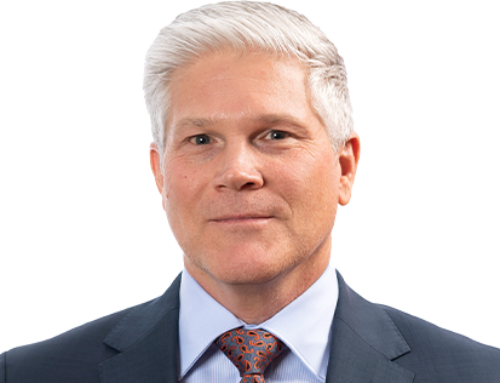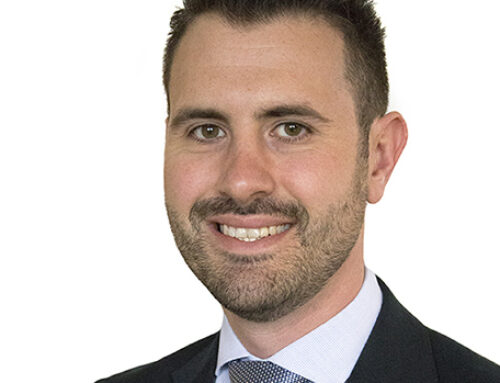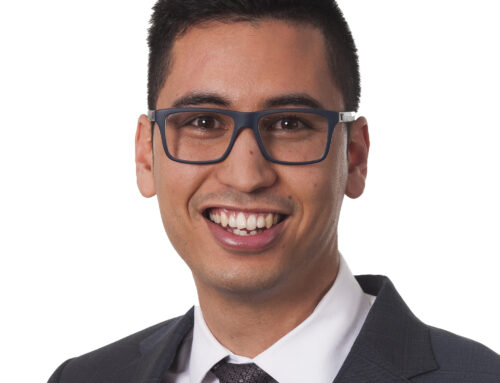Why electrical engineering?
As with most electrical engineers, I started taking electric items apart from a young age, looking at how they’re made and what makes them work. Of course, to start with, I was breaking radios and toys.
This fascination eventually led me to start my electrical apprenticeship and becoming a qualified electrician. The physical on-site work was enjoyable, but I started becoming more interested in the design side which led me onto college and becoming a design engineer.
I still enjoy tinkering around at home fixing anything electrical, although there’s never enough time.
What’s the trickiest problem you’ve solved?
We had been called out to an NHS hospital site as they had lost power to the operating theatres. The backup generators didn’t kick in leaving only the uninterrupted power supply (UPS) support in the theatres.
At first, it was assumed to be an issue with the generator. The generator looked almost brand new (5 years old) and following a diagnostic review, we determined that the generator and switchboard hadn’t been commissioned. But, this was only one part of the issue. The phase failure relay, which signals the generator to start, had seized shut.
The result was that a 5-year-old generator and the phase failure relay had to be replaced. Both of these issues could have been identified during planned maintenance and saved the hospital £300,000 (AU$580,000).
What do you do outside of work that helps fuel your creativity and commitment to engineering?
I have two young girls and I love that they can take me away from the pressures of work to just enjoying being in the present. Young kids don’t care what job you do, they just care about the time you spend with them. I’m an engineer in work, but I see myself as a shepherd at home, in the sense that I’m not trying to create the perfect kids and adults. I’m just helping guide them and providing them with the right tools to navigate through the crazy journey that is this life.
What professional relationships do you value the most?
I enjoy being heavily involved with my team and the wider office. When I look back at my career, it’s not a manager or mentor that’s guided me. It was the senior engineers in the office giving me their time to explain the design of a solution. These are the relationships I value the most.
With NDY, I like that when we have a design issue, we can discuss it as a team and nobody feels uncomfortable sharing their opinion.
If you could change one thing about the built environment, what would it be?
I think the built environment should look no further than passive building solutions as a starting point. We all know that net internal area (NIA) is important but with some simple design solutions, and using natural resources like the sun and wind for heating and cooling, we can minimise buildings’ unwanted heat gain and loss, lower energy costs and reduce their carbon footprint.
What does Making Spaces Work mean to you?
Each space is individual but doesn’t have to be restrictive. My idea of Making Spaces Work is allowing for flexibility in design for future changes while minimising environmental impact.










